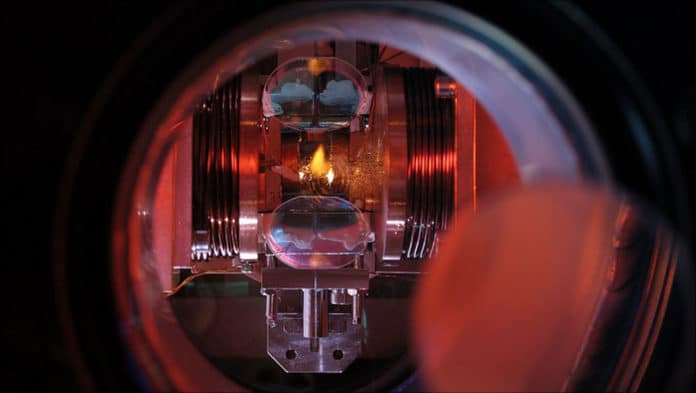Depending on whether they spontaneously break discrete or continuous time translation symmetry, time crystals are categorized as discrete or continuous. While discrete time crystals have been investigated in detail in periodically driven systems, continuous-time crystals have yet to be experimentally realized.
A new study by the Institute of Laser Physics at Universität Hamburg reported the experimental realization of a continuous-time crystal. For the first time, scientists successfully realized a time crystal that spontaneously breaks continuous time translation symmetry.
Dr. Hans Keßler from Prof. Andreas Hemmerich’s group at the Cluster of Excellence “CUI: Advanced Imaging of Matter said, “In all previous experiments, however, the continuous-time translation symmetry is broken by a time-periodic drive. The challenge for us was to realize a system that spontaneously breaks the continuous-time translation symmetry.”
A Bose-Einstein condensate inside of an optical high-finesse cavity was used in the experiment. They found a limit cycle phase with a time-independent pump characterized by emergent periodic oscillations of the intracavity photon number and periodic cycling of the atomic density.
They discovered that, as predicted for spontaneously broken continuous symmetry, the time phase of the oscillations takes random values between 0 and 2. The scientists illustrated the durability of the dynamic stage by identifying the stability region in the pertinent parameter space and demonstrating the persistence of the limit cycle oscillations even in the presence of an active phase.
Journal Reference:
- Phatthamon Kongkhambut, Jim Skulte, et al. Observation of a continuous-time crystal. DOI: 10.1126/science.abo3382
